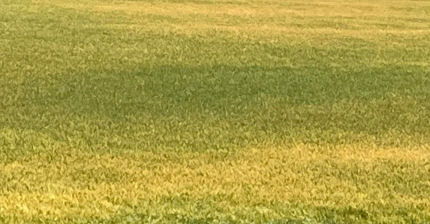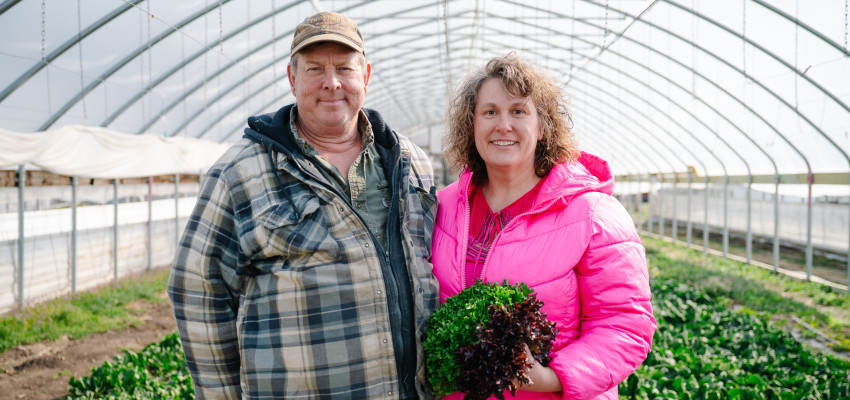Kansas wheat harvest is a magical time. There is a buzz across the state created by the excitement of combines rolling through the golden fields, semis and old wheat trucks rolling across the scale at the local elevator and families coming together to take in the crop. Wheat harvest even has its own version of pixie dust as the chaff and dirt kicked up by the machinery help to make our sunsets vibrant and beautiful every night.
Wheat harvest is good for communities as the income to farmers and ag businesses fuels the local economy. It is a family tradition that teaches the next generation about supporting each other and often brings home other family members who have moved to other professions and communities. It’s a time of hard work, beauty, togetherness and hope.
When I moved to Kansas over a decade ago, I had no experience with or understanding of the culture that makes wheat harvest so special. It is unique to the Plains because of when and how wheat is harvested. For as long as anyone can remember generations of families come home and work together bringing in the crop. My parents have even come from Wisconsin to help with harvest, and it has become my dad’s favorite time to visit.
Wheat harvest requires help from family members near and far, because it is a big job to bring in the crop in a relatively short amount of time. Harvesting a crop in the late spring when everything else is just starting to grow can be a challenge and farmers are motivated to get the crop off as quickly as possible. There are many dangers to a crop’s quality and yield including rain, hail, wind, fire danger and weed pressure.
Early in Marc and my relationship, we visited the farm where we now live. We were touring the farm on ATVs and pulled up the edge of a wheat field. I vividly remember him looking over his shoulder and yelling, “Go fast and don’t stop or you might start the field on fire,” then he hit the gas and left me to contemplate whether he was joking. He wasn’t, and I followed because I was petrified of being “The girl who burned up a wheat crop” forevermore. I still don’t know why he decided to ride across the field but I have never looked at a wheat field the same again.
In a perfect world wheat harvest takes most farms two weeks or less to complete.
We are only a little over a week into this harvest, and it is proving to be very slow. On our farm, the first day of harvest consisted of two hours of cutting followed by an inch and a half of rain. A few days later, the combines were rolling again for two days and then it rained again. It’s definitely frustrating, but farmers know better than to look a gift horse in the mouth. We’ve been praying for rain for months, so we will gladly have some anxiety about not getting wheat cut in a timely manner.
Progress may be slower than we would like but I am thankful there will be a crop to support our community, more time for families to be together and more majestic sunsets. Wheat harvest really is the most magical time of year.
_ _ _
Jackie Mundt is a Pratt County farmer and rancher



